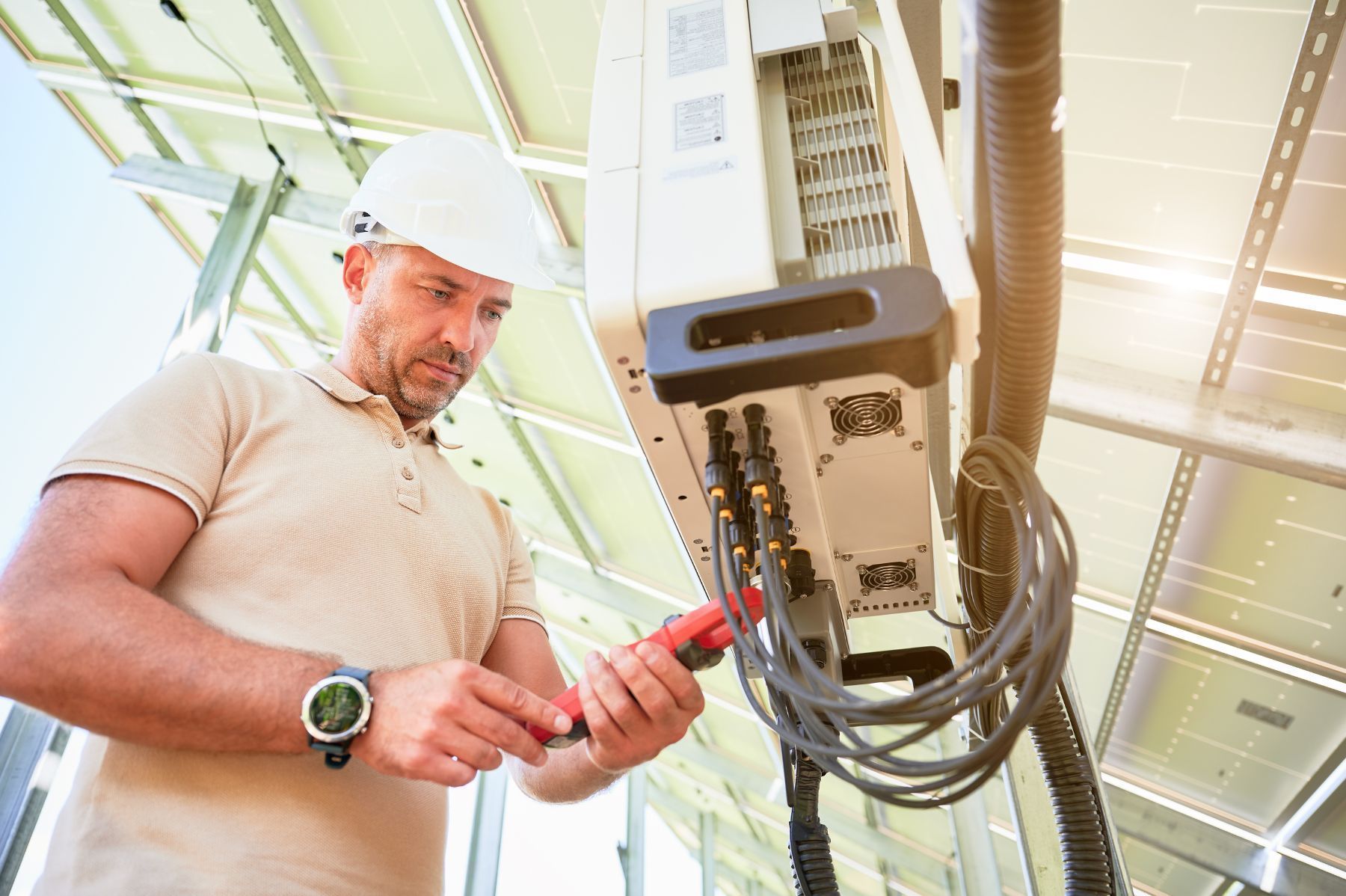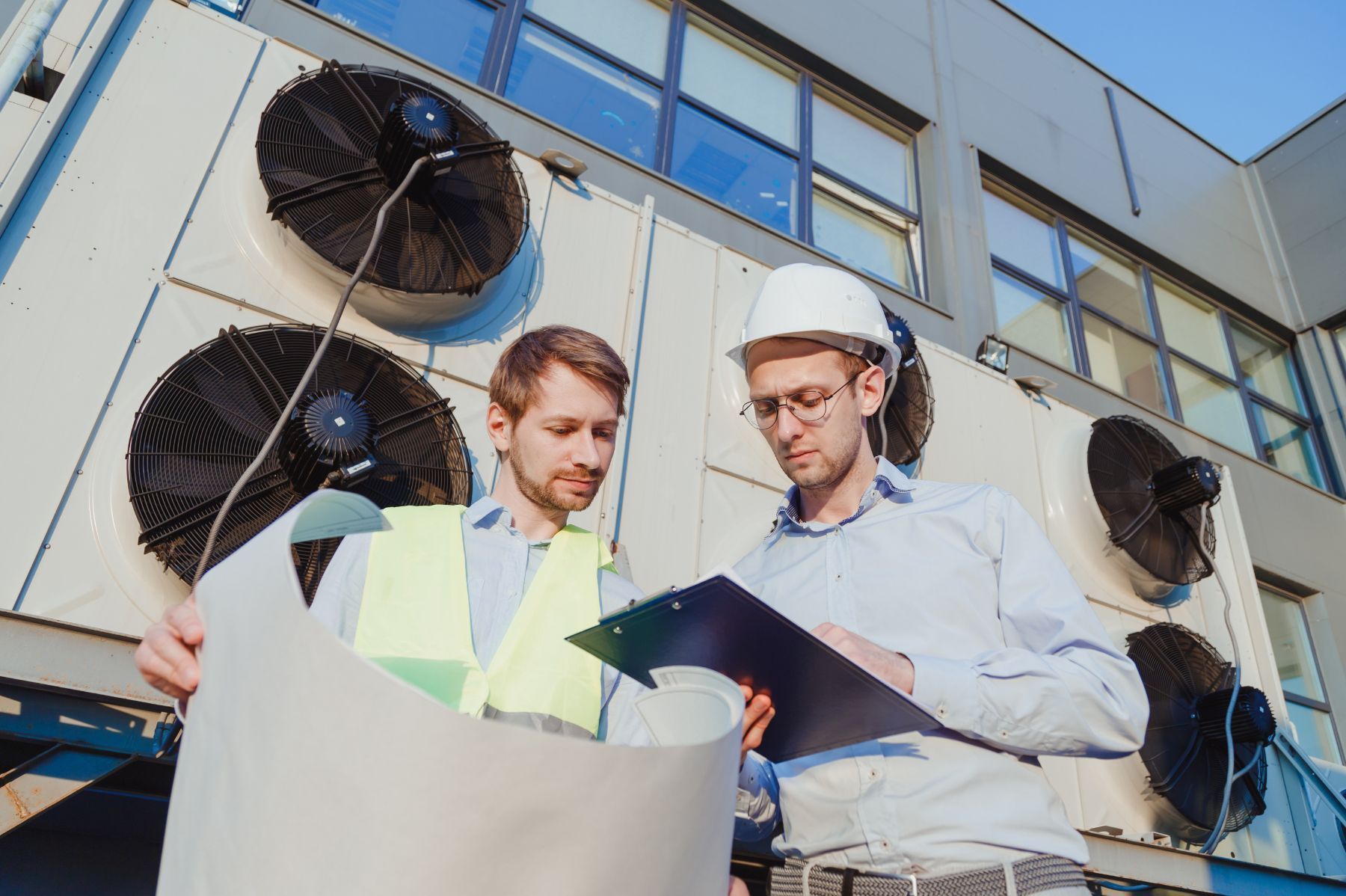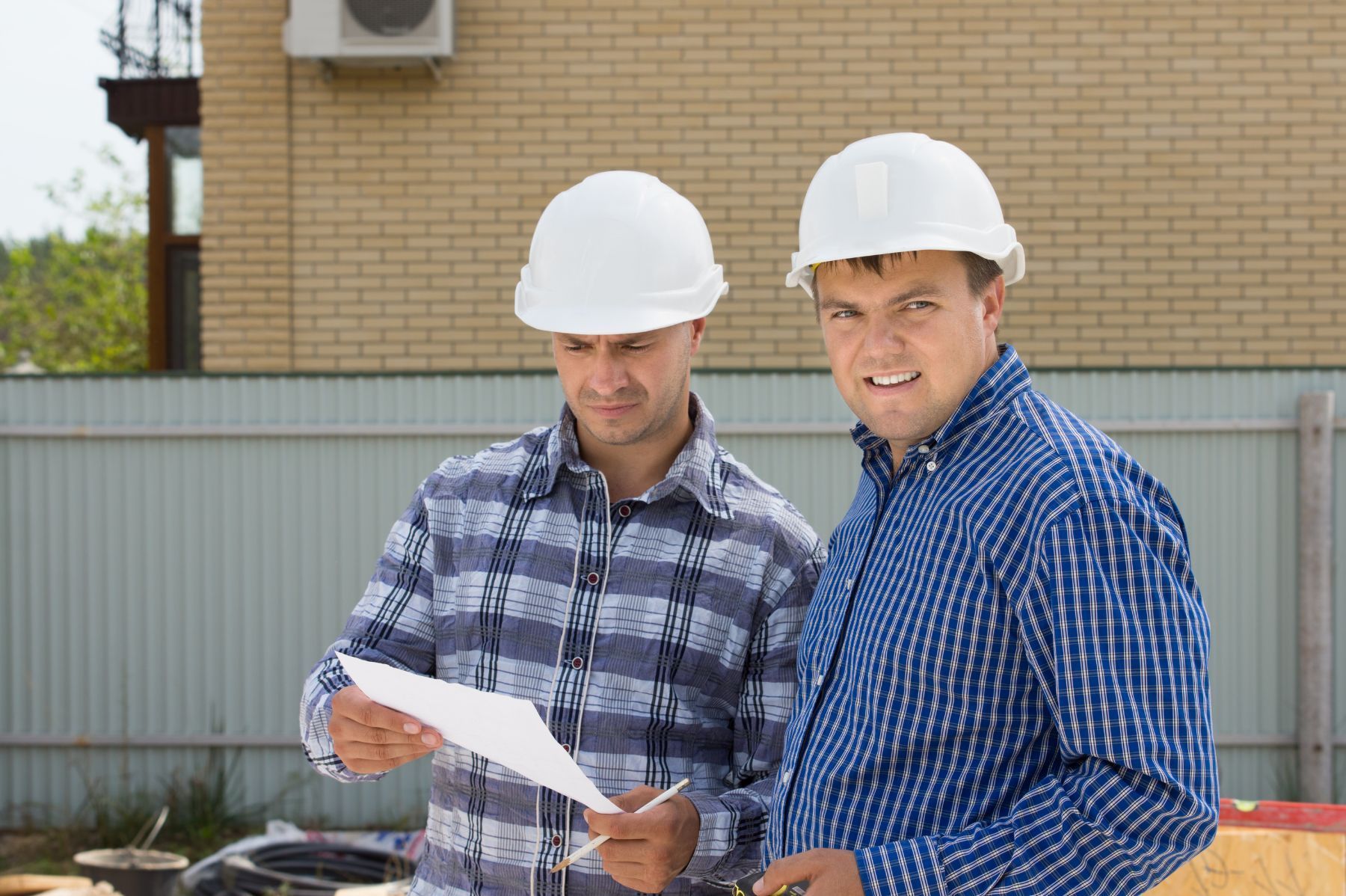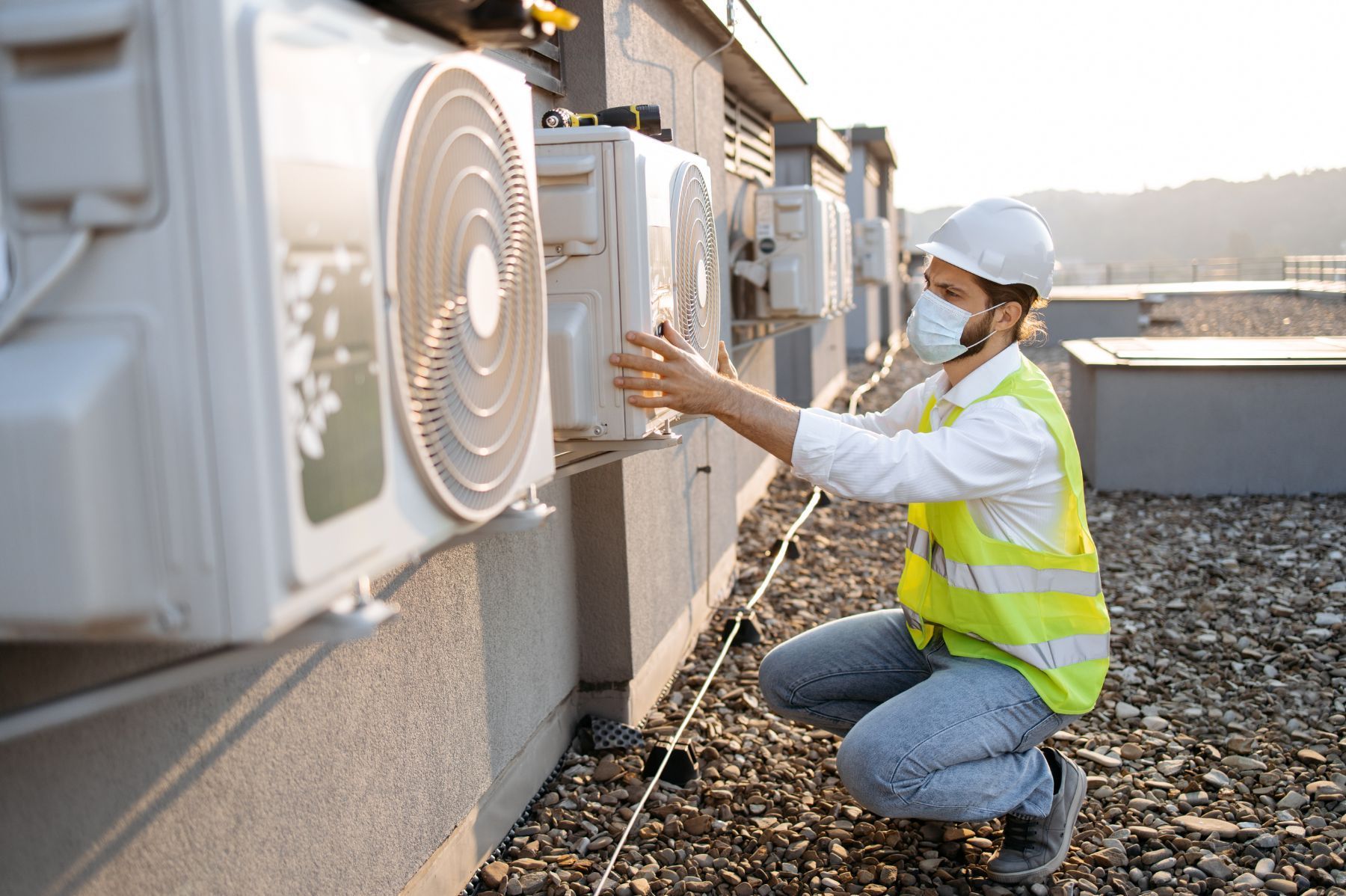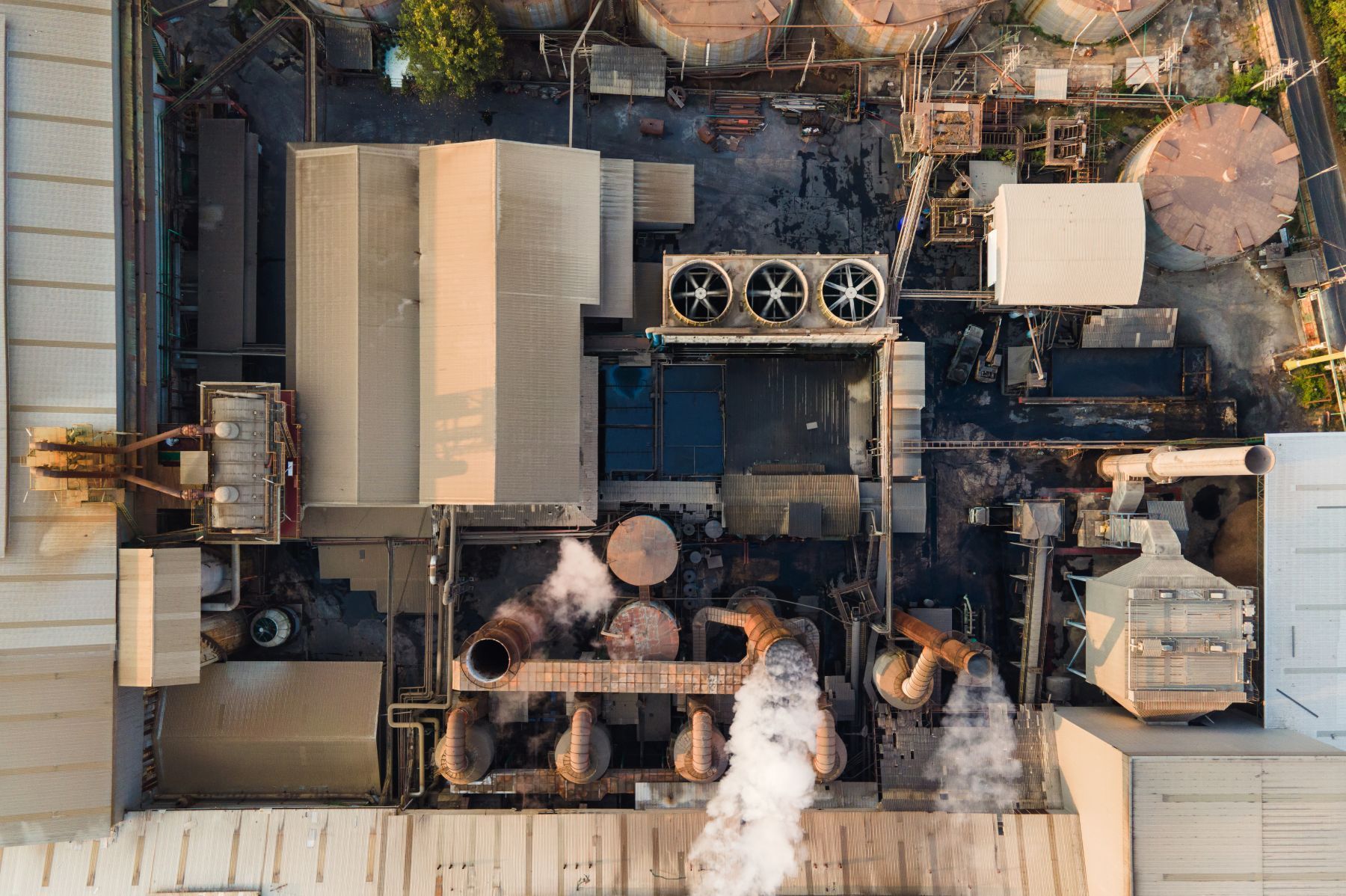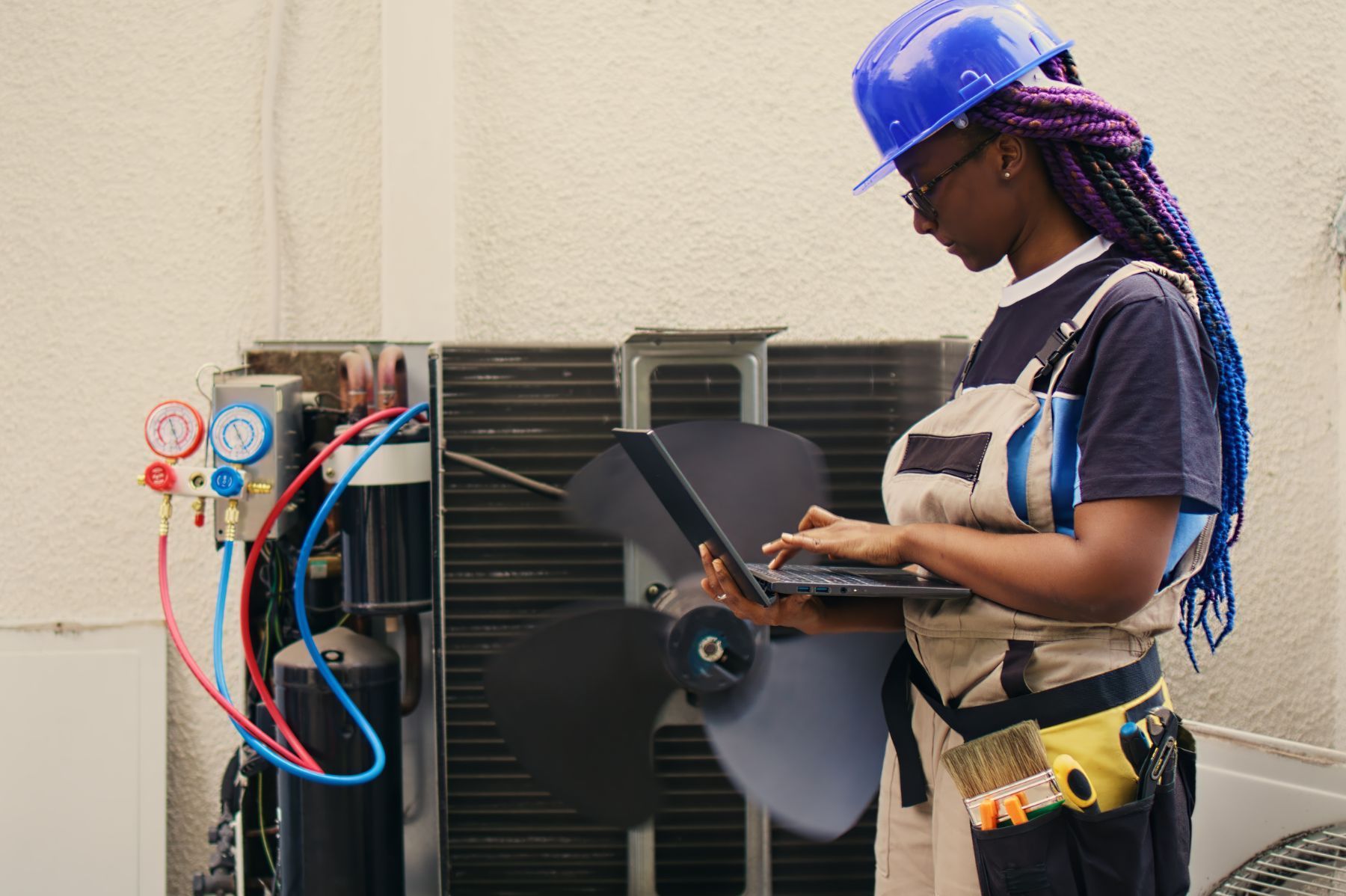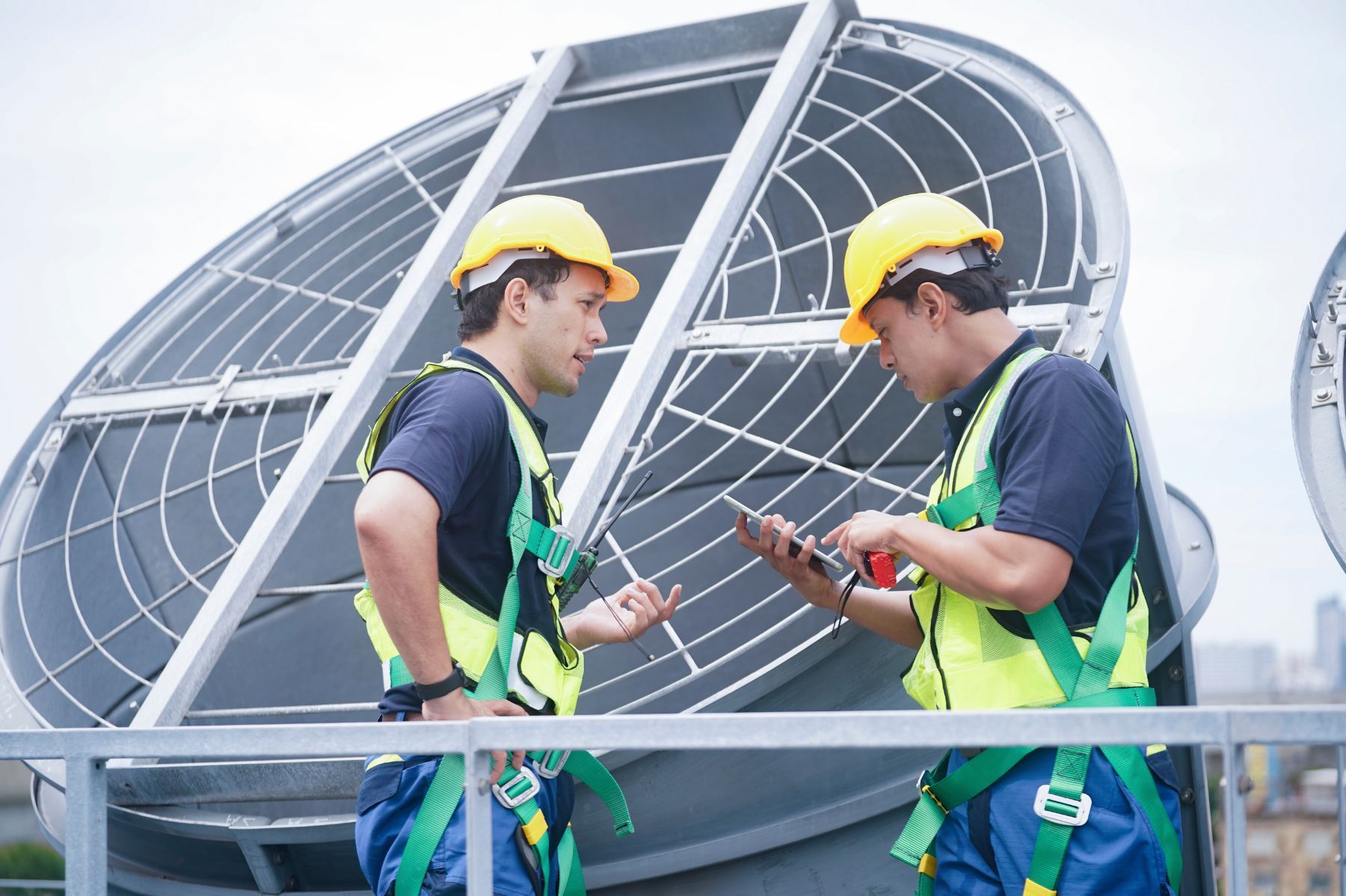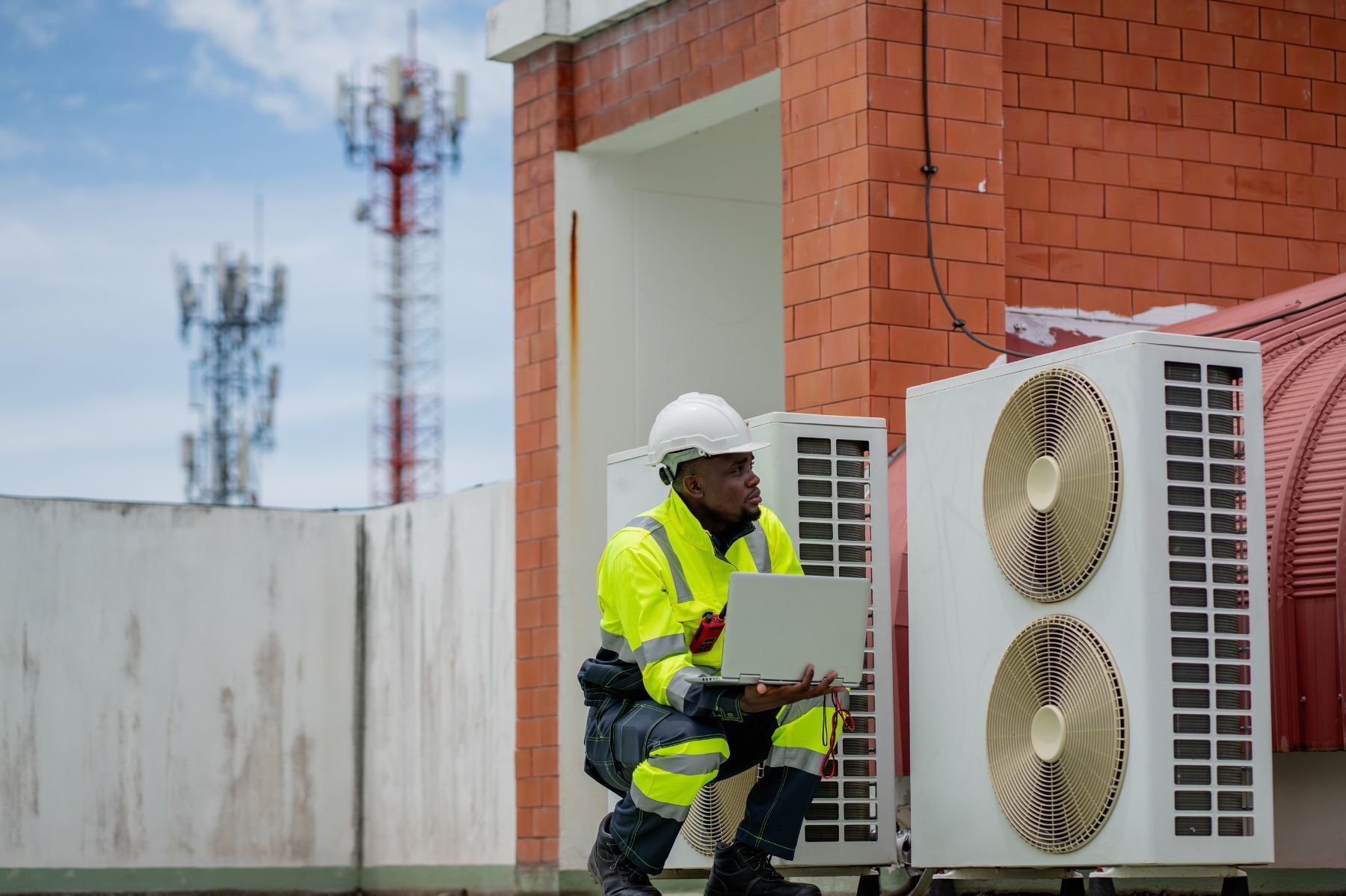Why HVAC Contractors Are Paying More for Insurance in 2025
See How We're Different
or call us: (469) 678-8001

In 2025, HVAC contractors across the United States are facing a significant increase in insurance premiums. This rise is not isolated to HVAC alone but is part of a broader trend impacting the entire construction industry. Factors such as escalating wage inflation, material cost volatility, and a surge in insurance claims are driving insurers to tighten their grip, resulting in higher costs for contractors. For HVAC professionals, understanding these dynamics is crucial to managing risks and maintaining profitability in an increasingly challenging insurance landscape. Insights from industry experts and recent data highlight the key reasons behind this upward trend.
According to CoinLaw, average construction insurance premiums rose by 9.3% in 2025, a figure that reflects the pressures felt across all trades, including HVAC. This article explores the main drivers behind these rising costs and offers guidance for contractors navigating this evolving environment.
The Impact of Severe Weather on Insurance Costs
One of the most significant contributors to rising insurance premiums for HVAC contractors is the increasing frequency and severity of extreme weather events. Hurricanes, storms, and other natural disasters have caused unprecedented damage to buildings and infrastructure, leading to a surge in insurance claims. For example, in 2024, U.S. roof repair and replacement costs soared to nearly $31 billion—a staggering 30% increase since 2022—due to severe weather events. This trend directly affects HVAC contractors, who often work on roofs and exterior systems vulnerable to storm damage.
Jonathan Porter, chief meteorologist at AccuWeather, remarked, "The storms just keep coming, and they’re getting nastier," underscoring the growing risks contractors face in the field. These weather events not only increase the likelihood of damage but also complicate repair timelines and costs, factors that insurers must account for when setting premiums.
As a result, insurance companies are adjusting their risk models to reflect these heightened hazards, leading to premium hikes for contractors operating in storm-prone regions. HVAC firms must therefore prepare for these changes by implementing stronger risk management strategies and possibly investing in more comprehensive coverage.
Moreover, the economic implications extend beyond just insurance costs. HVAC contractors may find themselves facing increased operational expenses as they invest in more durable materials and advanced technologies designed to withstand extreme weather conditions. For instance, the adoption of weather-resistant insulation and high-efficiency HVAC systems can mitigate the damage caused by severe storms, but these upgrades often come with higher upfront costs. Additionally, contractors may need to allocate resources for ongoing training to ensure their teams are equipped to handle the unique challenges posed by such unpredictable weather patterns.
Furthermore, the ripple effects of severe weather can lead to delays in project timelines, as contractors may struggle to secure materials or labor during peak demand periods following a disaster. This can create a backlog of work, further straining resources and potentially leading to lost revenue. The interconnectedness of these factors highlights the importance of strategic planning and adaptability in the HVAC industry, as contractors navigate an increasingly volatile climate landscape.
More details on the impact of extreme weather on insurance can be found in the Roofing Contractor report.
Rising Wage and Material Costs Driving Premiums Higher
Another core factor pushing insurance costs upward is the inflationary pressure on wages and building materials. The construction sector has experienced notable wage inflation, driven by labor shortages and increased demand for skilled workers. Simultaneously, the prices of essential materials used in HVAC installations and repairs have become more volatile, influenced by supply chain disruptions and global market fluctuations.
Insurers incorporate these cost increases into their premium calculations because higher wages and material costs translate to more expensive claims when accidents or damages occur. For HVAC contractors, this means that even routine claims can become costlier, prompting insurers to raise premiums to maintain profitability.
According to CoinLaw’s 2025 industry statistics, these economic pressures contributed significantly to the 9.3% rise in construction insurance premiums. HVAC businesses must factor these realities into their budgeting and consider strategies such as negotiating better terms with suppliers or investing in workforce training to improve efficiency and reduce risk.
Additionally, the ongoing shift towards sustainable building practices has further complicated the landscape. As HVAC contractors increasingly adopt energy-efficient systems and environmentally friendly materials, they often face higher upfront costs. While these investments can lead to long-term savings and reduced operational costs, they also necessitate a careful evaluation of insurance coverage to ensure that all new technologies and materials are adequately protected. This evolving focus on sustainability not only impacts the immediate financial considerations but also shapes the future of the HVAC industry as it adapts to changing regulations and consumer preferences.
Moreover, the impact of technological advancements cannot be overlooked. The integration of smart technologies into HVAC systems has created new opportunities for efficiency but also introduces complexities in installation and maintenance. As contractors navigate these innovations, they must stay informed about the associated risks and potential liabilities. Insurers are beginning to recognize these trends, which may lead to the development of specialized policies that cater to the unique needs of businesses that embrace cutting-edge HVAC solutions. This dynamic environment underscores the importance of proactive risk management and strategic planning for HVAC contractors as they seek to thrive amidst rising costs and evolving market demands.
Subcontractor Liability and Insurance Requirements
Subcontractor work represents a substantial portion of liability claims within the construction industry, and HVAC contractors often rely on subcontractors for specialized tasks. In 2025, 41% of all liability claims in construction stemmed from subcontractor work, a statistic that has prompted insurers to impose tighter requirements for subcontractor-held insurance.
This heightened scrutiny means HVAC contractors must ensure their subcontractors carry adequate insurance coverage to avoid gaps that could lead to costly liability exposures. Failure to comply with these requirements can result in denied claims or increased premiums for the primary contractor.
Many HVAC firms are now revisiting their contracts and insurance policies to verify that subcontractors meet the necessary standards. This proactive approach not only helps control insurance costs but also strengthens overall project risk management.
In addition to insurance coverage, HVAC contractors are increasingly focusing on the qualifications and track records of their subcontractors. By conducting thorough background checks and requiring proof of certifications, contractors can mitigate risks associated with hiring subcontractors who may not adhere to industry standards. This diligence is especially crucial in a field where the quality of work can directly impact the safety and satisfaction of clients. Furthermore, establishing clear communication channels and expectations with subcontractors can lead to more efficient project execution and fewer disputes, ultimately fostering a more collaborative work environment.
Moreover, as the construction industry evolves, so too do the insurance products available to cover subcontractor-related risks. Insurers are developing more tailored policies that address specific challenges faced by HVAC contractors, such as coverage for equipment breakdowns or environmental liabilities related to refrigerants. Understanding these options can empower contractors to make informed decisions that align with their business needs and risk profiles. For a deeper dive into the latest trends and best practices regarding subcontractor insurance, further insights can be found at CoinLaw.
Technological Advances and Risk Assessment Innovations
While rising risks have driven insurance costs up, technological advancements are beginning to offer new tools for managing these challenges. A 2022 study explored the feasibility of using machine learning to automate the extraction of information from building blueprints, aiming to improve insurance risk assessment accuracy.
For HVAC contractors, such innovations could eventually lead to more tailored insurance policies that better reflect the specific risks of their projects. Automated analysis can identify potential hazards early, enabling contractors and insurers to mitigate risks proactively and potentially reduce premiums over time.
Though these technologies are still emerging, they represent a promising avenue for the future of construction insurance. Contractors who stay informed about these developments may gain a competitive advantage in managing their insurance costs.
In addition to machine learning, other technologies such as drones and IoT (Internet of Things) devices are also playing a significant role in risk assessment. Drones can provide aerial views of construction sites, allowing for real-time monitoring of safety compliance and identifying potential hazards that may not be visible from the ground. Meanwhile, IoT devices can track environmental conditions and equipment performance, providing data that can be invaluable for risk assessment and management. By integrating these technologies, contractors can create a comprehensive risk profile that not only enhances safety but also streamlines the insurance underwriting process.
Furthermore, the integration of blockchain technology is beginning to influence how data is shared and verified within the insurance industry. Smart contracts can automate claims processing and ensure that all parties have access to the same verified information, reducing disputes and speeding up payouts. This transparency can foster a more collaborative relationship between contractors and insurers, ultimately leading to more innovative insurance solutions tailored to the unique challenges of each project. As these technologies continue to evolve, they will likely reshape the landscape of construction insurance, making it more efficient and responsive to the needs of contractors.
More on this study is available via arXiv.
Umbrella Liability Insurance: A Growing Trend Among Contractors
To cope with increasing risks and claims, many construction firms, including HVAC contractors, are opting for umbrella liability insurance. This type of coverage provides broader limits beyond base policies, offering additional protection against large or unexpected claims. As the construction industry evolves, so do the complexities of the projects undertaken, leading to a heightened need for comprehensive insurance solutions that can address unforeseen challenges.
In 2025, 55% of U.S. construction firms carried umbrella liability insurance, reflecting a growing awareness of the need for enhanced coverage. For HVAC contractors, umbrella policies can be a valuable safeguard, especially given the complex liability landscape involving subcontractors, weather-related damages, and rising claim frequencies. The integration of advanced technologies and materials in construction has also increased the potential for costly errors or accidents, making it essential for contractors to protect themselves against potential litigation stemming from these incidents.
Investing in umbrella insurance can help contractors manage financial exposure and provide peace of mind in an unpredictable market. However, it also contributes to the overall increase in insurance expenses, which contractors must weigh against the benefits of expanded protection. Furthermore, as the industry faces challenges such as labor shortages and fluctuating material costs, having a robust insurance policy can be a critical factor in maintaining operational stability and securing contracts. The peace of mind that comes with knowing that additional coverage is in place allows contractors to focus on their core business activities rather than being preoccupied with potential liabilities.
Details on umbrella insurance adoption rates are available at CoinLaw.
Staying Informed and Managing Financial Risks
In today’s evolving insurance landscape, HVAC contractors must remain vigilant and proactive. As Financial Shield advises, "Contractors must stay informed about evolving insurance landscapes to manage their financial risks effectively."
This means regularly reviewing insurance policies, understanding the implications of subcontractor relationships, and keeping abreast of industry trends such as weather-related risks and technological innovations. Additionally, contractors should engage with insurance brokers who specialize in construction to tailor coverage that meets their unique needs. These brokers can provide insights into emerging risks and help contractors understand how to mitigate them through appropriate insurance products.
Moreover, it’s crucial for HVAC contractors to invest in training and development for their teams. By equipping their workforce with knowledge about safety protocols and risk management strategies, contractors can significantly reduce the likelihood of accidents and claims. This proactive approach not only enhances workplace safety but also demonstrates to insurers that the business is committed to minimizing risks, which can lead to more favorable premium rates.
By adopting a strategic approach to insurance, HVAC contractors can better navigate premium increases, protect their businesses, and continue delivering quality services despite the challenges of 2025. Keeping an eye on technological advancements, such as smart HVAC systems and energy-efficient solutions, can also provide contractors with a competitive edge. These innovations not only improve service delivery but can also lead to lower insurance costs as they often reduce the risk of damage and liability.
In conclusion, the rise in insurance premiums for HVAC contractors in 2025 is driven by a complex interplay of factors including severe weather, economic inflation, subcontractor liabilities, and evolving industry standards. Awareness and adaptability are key to managing these costs and sustaining long-term success in the HVAC industry.

